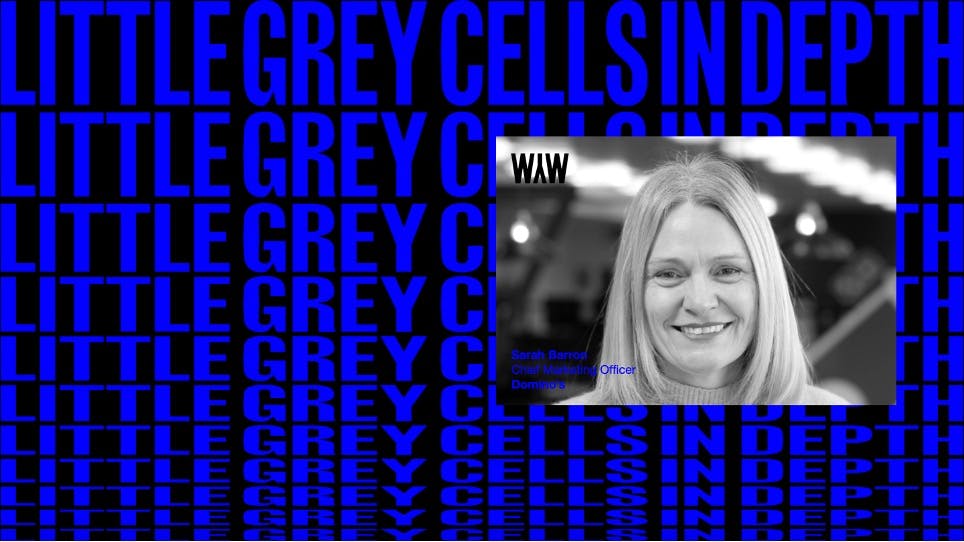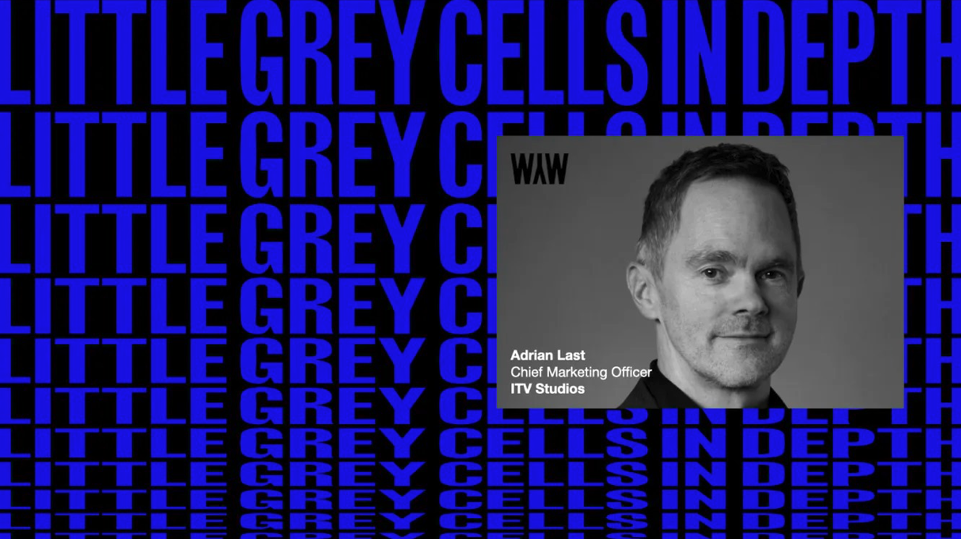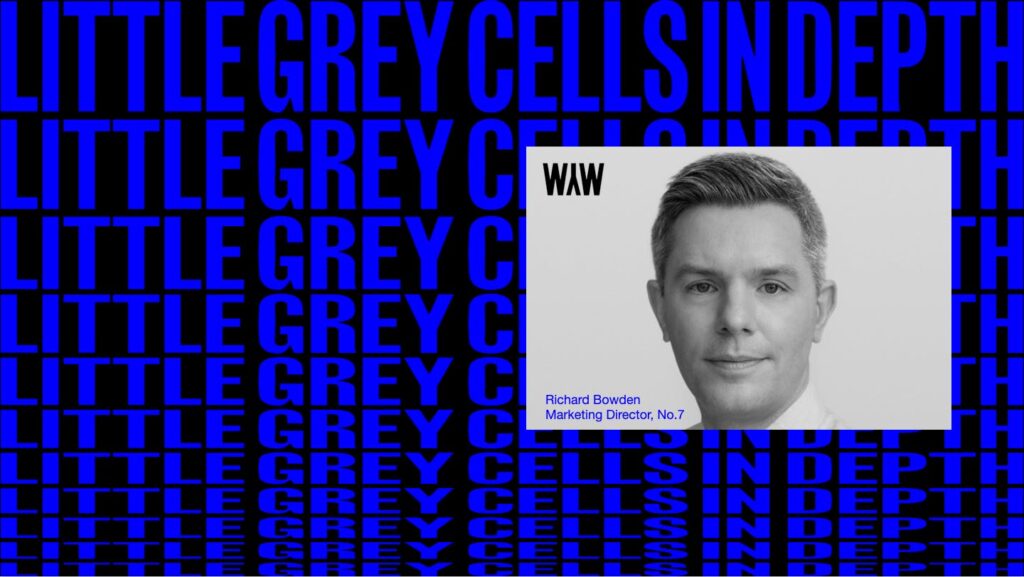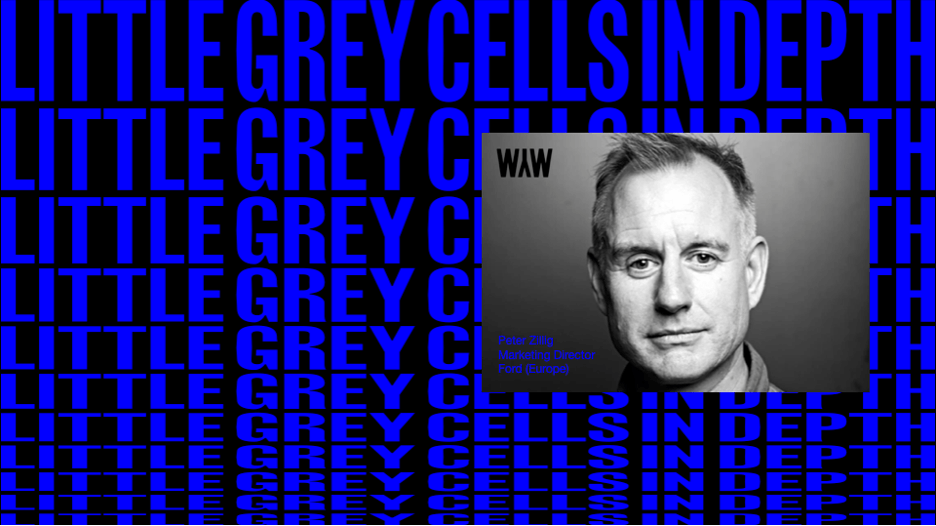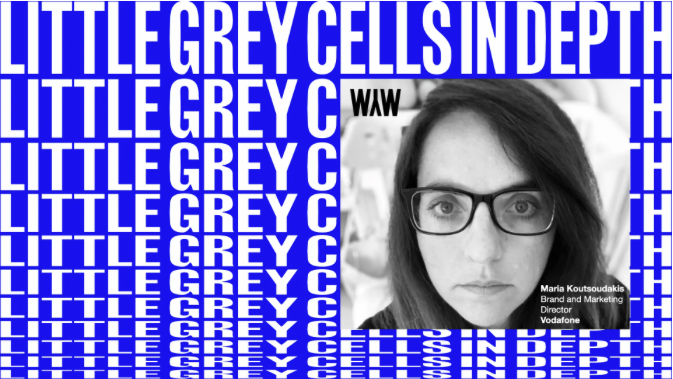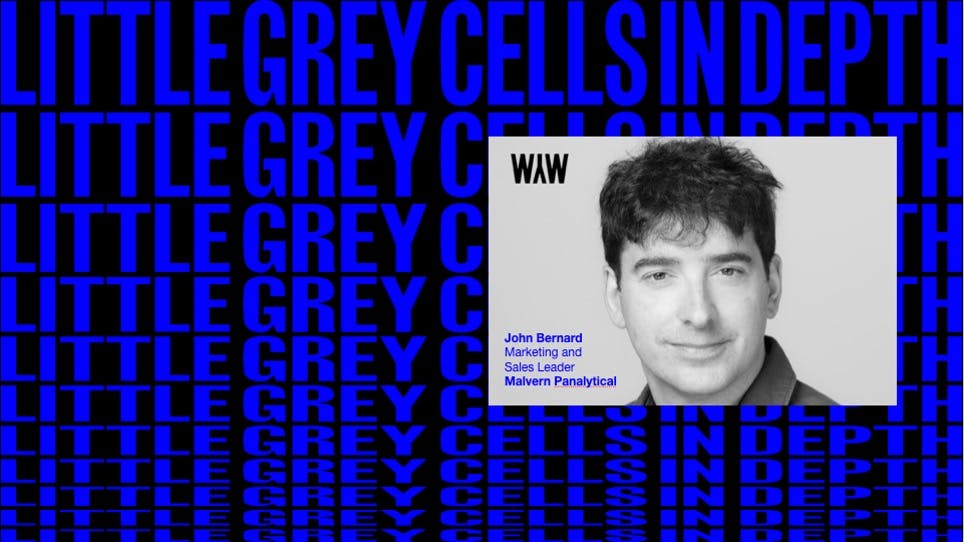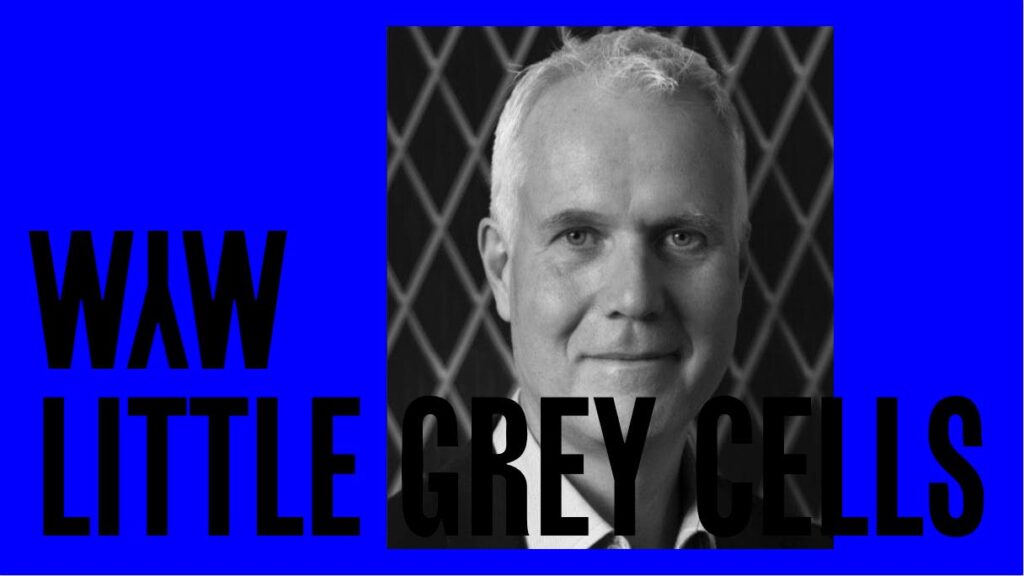Originally Published: January 05, 2024
LGC: My research tells me that after studying at Bath University, you joined Boots then you went to Cadbury/Kraft on a variety of brands, then you consulted independently before joining Costa and then taking your position at Domino’s. Please can you talk us through your career path to date?
SB: I always wanted to be a marketeer. I was inspired by the psychology of marketing, creating communications and innovating. In my final year at university, I started looking for a graduate training scheme – one that would give me brilliant grounding and training in marketing.
I was offered two roles – one at Cadbury and one at Boots. I chose the latter. I did their graduate training scheme and spent three years doing all sorts of different roles, from brand management, field sales and even store planning with them.
I then realised that to be a successful marketeer, you need some good FMCG experience, so I moved to Cadbury. It’s a brilliant business with some amazing brands and loads of opportunity. I spent 12 years there. I worked the brand management route, becoming senior brand manager, then marketing manager and then took my first marketing director role at Cadbury – first for Spain, then for Southern Europe.
Their brands all operate in highly competitive marketplaces which taught me a lot about the importance of competitive edge and share gain. I then came back from Barcelona and set up the global chocolate category for Cadbury for developed markets from UK to Australia. We had responsibility for the global brand and the innovation agenda – what’s not to love in developing new chocolate concoctions!
Then I became pregnant with my first child and as half my team was based in Australia, I decided that I couldn’t go back into that role. But the MD, Trevor Bond, managed to convince me to take on my first general management role when I returned. I took on the Green and Blacks business, a chocolate brand that they’d recently fully acquired and played a premiumisation role in their portfolio. It was very different to what I had done before, and I learnt so much that has helped me since.
My responsibilities included marketing, but also the supply chain, finance and HR. It is a beautiful premium brand: there was much opportunity to build on the credentials established by the founders, Craig Sams and Jo Fairley; it was a social-first brand build on influencers and sampling. Then I stepped back out and had my second child.
At that time Kraft was acquiring the Cadbury business so things were changing. Kraft’s a great business with lots of opportunities, but their model involves senior leaders being based in Switzerland, so I decided to leave the business after 12 years.
I wanted the flexibility to bring up my young family, so I decided to set myself up as a consultant. I worked for some brilliant brands for the next six years including Twinings, Kettle Chips and then three years consulting for SAB Miller. Being a consultant allowed me to have the balance I was looking for in the early years – working three or four days a week on great projects.
We moved out to Singapore, and I carried on consulting from there. I met one of the team from Costa Coffee in Singapore. They were looking for somebody to help them launch the business in the Philippines, and they were also switching the business in Singapore from a franchise business back to an equity business.
So, I started consulting with them in addition to my other clients. Again: lovely business, lovely brand. I launched it in the Philippines, and then got to know the MD well and began working with him on a global brand basis. When the new CEO, Dominic Paul, stepped in, I decided it was time to move back to the UK after four years and applied for the role of Chief Marketing Officer. I was successful and that is when I stepped back into full time employment. I spent five years at Costa as CMO and then Chief Growth Officer with responsibility for P&L for the newly formed Ready to Drink category and FMCG.
Coke was looking to build their presence internationally, and I decided that this would be a challenging role with (now!) three children, so I stepped down and moved to Domino’s into a very similar role. And that’s where I’ve happily been since.
LGC: If I understood correctly, on your watch +75% of Domino’s online orders are now through the Domino’s app, is that right?
SB: We’ve made massive inroads in driving consumers to use our app. We proved that the app was where we could generate more lifetime value and therefore over invested in the channel. The lifetime value is 27% higher driven by frequency, so it yields long-term benefits for the business. With the economy as it is at the moment – it’s all about market share – doing better than our competitors and actually having our customers closer to us. The app means we can engage with them and delight them on a regular basis.
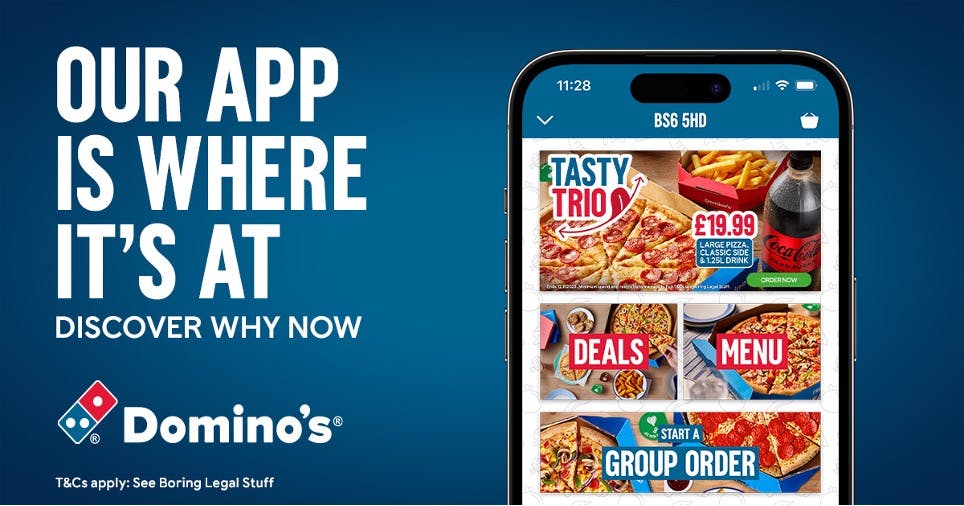
LGC: Am I correct understanding that the drive to the app was an initiative you instigated?
SB: The initiative was delivered by my amazing digital team. I initially brought in Nick Bamber, a ‘black belt’ in Digital, who is on a mission to make us the “Netflix of pizza”. Nick is ex-Misguided and Betsson Group and has strong experience in using data to identify the prizes worth fighting for. Nick in turn has recruited an excellent team of Digital natives across Product, Performance, CRM and Data.
We realised there was a massive opportunity. All the data pointed to the fact that having our customers order through the app would be hugely beneficial. We then considered all the ways that we could encourage our customers to use our app.
We had to ensure the user experience was seamless, and run promotions so that our customers felt that they got more value from using the app. We tested and learned for a period of time, and then used our findings to enhance the app and encourage our franchisees to run app only deals to drive value.
LGC: In your opinion, how does directing marketing for a network of franchise restaurants differ to marketing specific products?
SB: My boss at Costa, Jill McDonald gave me some great advice as I was moving to Domino’s, based on her experience at McDonalds. She said: “The one thing that you will learn with the franchise network is that your team will need to sharpen every pencil.” And she was right.
We collect money from these brilliant franchisees and we spend it on their behalf to drive growth for the brand. Therefore, my marketing budget is their money. We’ve got to be able to prove the benefit of everything we’re doing through rigorous data and testing – and always show the financial return. I believe this has made me a better marketer.
Every two months, our franchisees are invited to meet us for the day. They sit with us, and we explain what we have done, whether it worked or not – and what we’re going to do next – and why.
LGC: How do you ensure you have the best marketing talent in your team?
SB: That is where I spend most of my time in this role: making sure that we know exactly what talent we need to ensure business success and cultural fit. Then I go out and find the best people we can afford. It has taken me time to build up the team – almost two and a half years – but it’s been worth every second because we have assembled a high performing and very strong team, who are a pleasure to work with.
People are your biggest success drivers. They are your biggest company asset. If you get the right people, the rest will follow.
Our Head of Communications and Sustainability is Will Hill and he used to be Head of Communications and Legal at British American Tobacco – a very challenging industry for communications, because you’re constantly being challenged by anti-tobacco campaigners. He’s a true expert in his field.
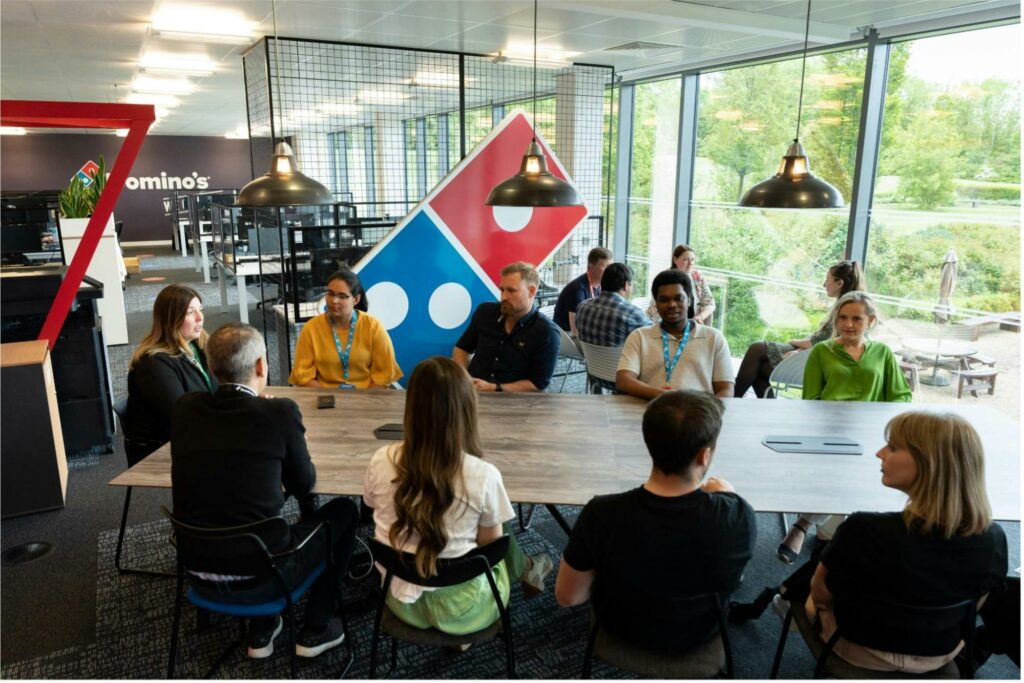
I mentioned that we recruited my digital director, Nick, from Missguided, because the fast fashion industry is where e-commerce is at its absolute pinnacle. For marketing, that’s edgy and cuts through, we looked to the previous Head of Mischief at Paddy Power and persuaded Harry Dromey to join our team. He’s definitely kept us front of consumer’s minds since!
For innovation, we looked to Compass, and found the brilliant Louise Pilkington, because Compass are constantly innovating and evolving the offer to meet the needs of consumers all over the world.
And then we also have developed great internal talent with Hayley Pryde, a true Dominoid, to run Local Marketing, and Craig Donnellan, a master in Strategy and Insights, to run Revenue Management.
LGC: How important is storytelling, when maximising your customers engagement with a campaign?
It’s absolutely critical. We’ve got a brilliant agency in VCCP. They’ve been on this journeywith me for the last three years. We’ve kept the same Creative Director – Dave Masterman. He’s a brilliant storyteller. He really gets what consumers are thinking and feeling and what we should do as a result. He challenges us and at times makes us feel super-uncomfortable – all with the ambition of cutting through and pushing boundaries.
Engaging and inspiring our customers right now is so important. Many are struggling in our current economic climate. They don’t have a great deal of money to spare and so our customers are having to make careful financial choices. Giving them a little moment of joy, is really important. Great storytelling is a critical part of that. It is why I believe that right now, as marketers, we need to up our ante creatively more than ever.
LGC: What has been your favourite Dominos campaign on your watch?
SB: Creatively we’ve been having a lot of fun lately. Our AI Eurovision pizzas were a great initiative. I think we’ve got a social and PR team that is quite brilliant. We’re constantly pushing the boundaries – sometimes in quite difficult spaces. But we can see the return and all this work is earning us much more than we invest. Creatively, it is very exciting!
I think our “Domin-oh-hoo-hoo” campaign is my favourite campaign. How often do you have the opportunity to make your brand front of mind as people come out of a global lockdown?
First, we got our franchisees excited about the opportunity to place the Domino’s brand at the heart of people coming out of lockdown and they got behind us. Next, we got all of our partner agencies to come together for the day to share insights and then, off the back of that, we developed a fully integrated campaign.
What I love about that campaign is that the insight was so clear: we acknowledged what people had just been through over the last two years of COVID. We recognised that people were desperate to reconnect, to see friends and families. But at the same time, people didn’t want to be tied to their kitchens when guests were coming around.
Additionally, people wanted to gather in their homes – as opposed to restaurants. I recognised this in myself – after COVID, every single window of mine was clean, and I had even painted my kitchen – everything in my house was looking good(!) There was this feeling of “come round and see my home”.
Knowing that people wanted to entertain at home, but didn’t want to be spending time cooking three course meals, we spotted the opportunity for Domino’s and placed ourselves at the heart of that occasion.
And so, the yodel was born!
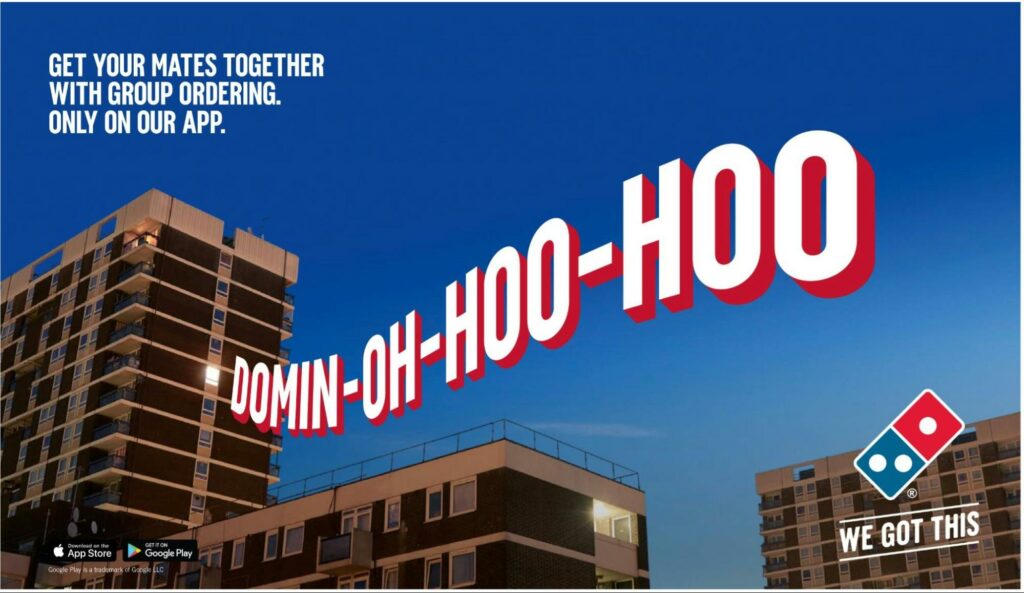
LGC: Didn’t it score ‘super-high’ on System1’s marketing effectiveness rating as well?
SB: Very high on System1. On both CBI and CSI it was above 90. With all of our adverts, we have a benchmark of 70 and nothing below will be developed further.
LGC: I’ve heard you speak about the value of ‘the Dominoids’ (people who have stayed with Domino’s for years). How do you encourage and support loyal employees in your marketing team?
SB: I’ve got a new boss, Andrew Rennie, who’s a true ‘Dominoid’ – he’s been with Domino’s for 30 years. He is teaching me things every day that I might not have discovered. He’s got Domino’s running through his veins – and his advice on operationsand pricing has been invaluable.
For example – the importance for our data team to understand how much time the pizza sits on the rack; how much time it sits in the box; how much time it sits on the bike. By understanding this, we have a better understanding of our customer experience. In turn this allows us to better use our app to help manage our customers’ expectations.
That level of industry expertise is so important. There are some brilliant stories from the early days of the Domino’s brand that we continue to build on today
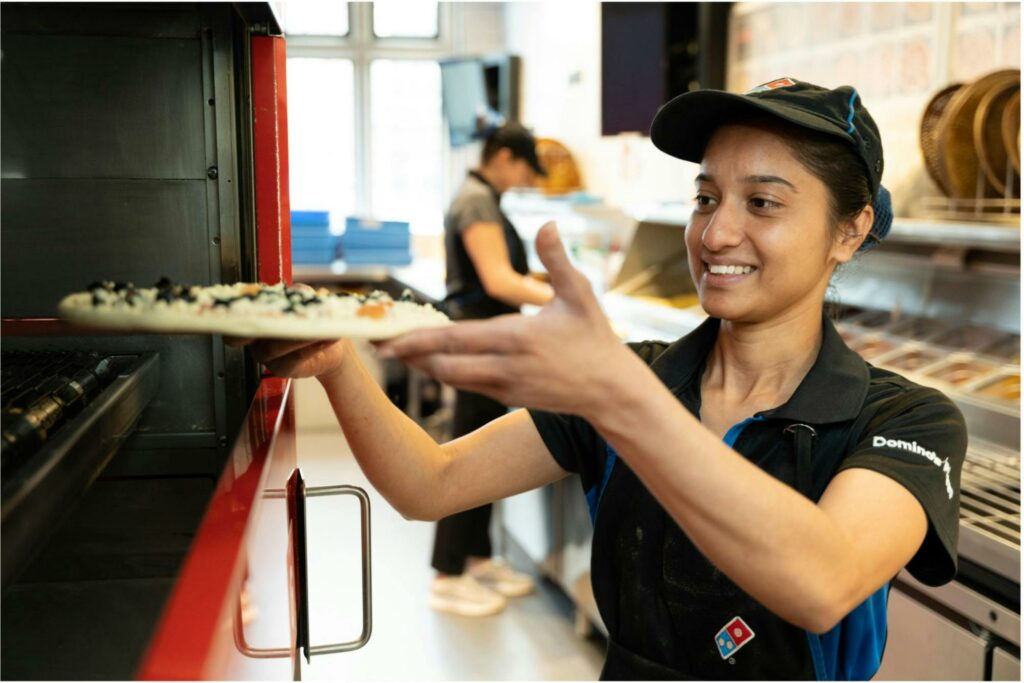
LGC: What advice might you have for marketers tempted to leap-frog diagnosis and strategy and rush to tactics in their marketing process?
SB: You can’t go far wrong if you start with customer insights and what your data is telling you. Never assume anything!
Adam Morgan is a marketing hero of mine. In his first book,‘Eating the Big Fish’ there were two key take outs: one is around ‘sacrificing’: Be clear about what you can sacrifice in order to over commit in a few things that really, really matter.
As part of our 2024 business planning with our franchisees, we’ve got an amazing array of innovation ideas in development. We have to decide what we think will drive the greatest return for us next year. That decision making process is fundamentally rooted in customer research and data.
LGC: On to the politics of marketing in bigger businesses: have you any tips on how to navigate the choppy waters of big business organisations, for example, where a considered marketing plan gets pushed back from the C suite or upstairs?
SB: There’s politics in every business. My motto is: ‘data should guide us’ – that doesn’t have to be hard numbers – it could be consumer insights or it could be showing the return on investment. Ultimately, we need to remove the emotion from the equation.
Around 25 years ago I did a course with Deloitte, and something I learned there really stuck with me: if you’re not getting that ‘buy-in,’ try to understand why somebody holds a particular point of view. If someone is forming a different conclusion to you, try to understand what’s driving that and you might learn something!
Ask enough questions to truly understand the opinion of others and listen. On some occasions, you may not have the data to support your theory – so be prepared to explain in some detail why you believe it.
LGC: How do you go about balancing the need for longer-term brand building and more short-term sales activations?
SB: If I shifted my balance between brand and performance marketing so that it was disproportionately leaning towards performance marketing, I would drive success short term – but I’d catch a cold next year. It’s a constant balancing act between the short and long term in marketing, and we review our approach weekly.
LGC: In the ever-changing world of marketing, what challenges are Domino’s facing in the next year?
SB: We recognise that in the current economic climate our customers are having a really tough time. Many don’t have an abundance of money to spend on treats, and if they treat themselves, it may be once a month.
We’re really focused on showing understanding around this: we offer our customers a smile – we entertain them and make sure that we’re always top of mind with a competitive offer. Our challenge is to be there for our customers – and do that better than our competitors.
LGC: If there’s one thing you’ve learned about marketing – it is?
SB: One of my fundamental beliefs is that you can’t reinvent brands that have been around for years. You’ve got to get back to the core of where your brand comes from and make sure that you respect its ‘beating heart’.
My second point is that reference to Adam Morgan: commit to something – and therefore sacrifice other things – and finally: be a friend of the people and get talked about – because the biggest risk in marketing is for nobody to notice you.
I used to say when I was working in the coffee category, at Costa: “this is the easiest category to never get fired – you just shoot really arty, moody coffee cups”. But actually, nobody notices if you just do that. You’ve got to start a conversation with your customers. You’ve got to be relevant, you’ve got to be exciting, you’ve got find your place in popular culture.
So, to summarise: when marketing brands, you should protect what’s come before, make sacrifices and enter popular culture – that’s what I think enables success.
